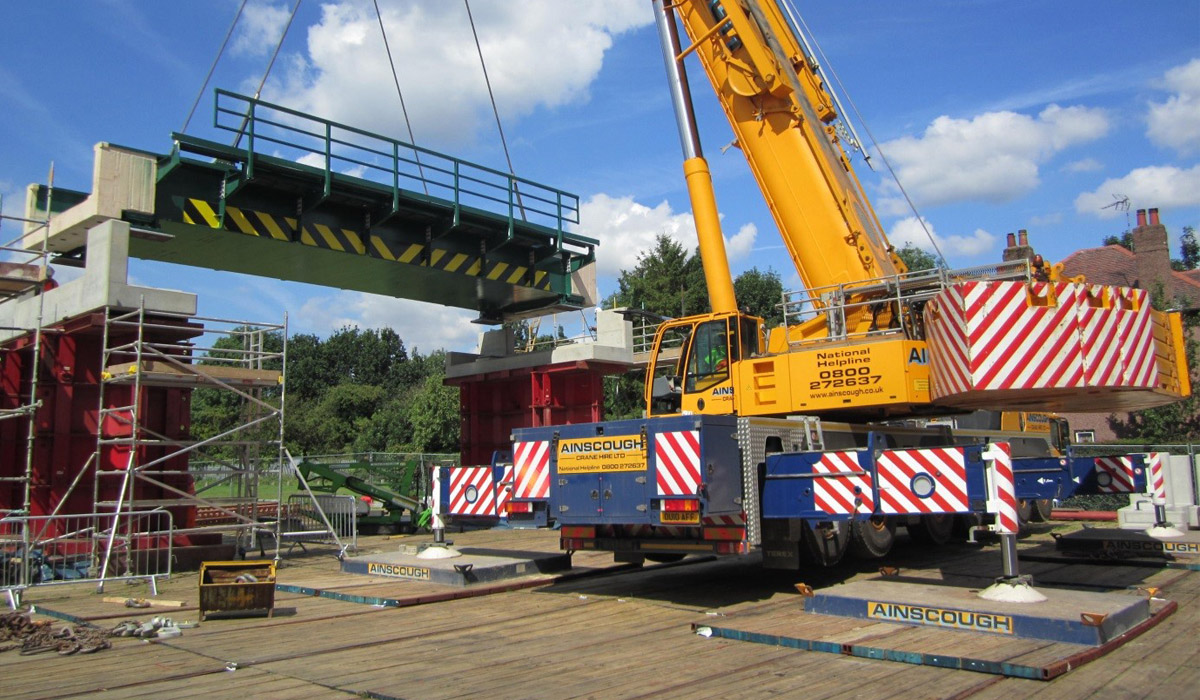
5 Reasons to use Hardwood Outrigger Pads
Crane outrigger pads give your lifting equipment a more stable platform, distributing its weight over a wider area, but why are hardwood outrigger pads in particular such a strong option?
Here are five of the best reasons to use hardwood crane pads, including some of the more obvious arguments, and some you might not have considered.
1. Strength and durability
Hardwood crane mats are surprisingly strong – the natural grain of the wood and flexing of the timber helps to absorb significant pressure during use.
Tropical hardwood mats, such as Ekki outrigger pads, last for even longer in good condition, and some of our timber mats to rent have been in service for years with no major signs of wear and tear.
2. Easy to use
Each hardwood outrigger mat weighs in at about 460kg at a size of 3m x 1m x 150mm, but they are easy to lift into place when you move your crane vehicles around the job site.
Two designated lifting points on each mat allow standard machinery to reposition them into a new place, so there’s no manual heavy lifting to take care of.
3. Renewable resource
Unlike plastic and steel outrigger pads, timber crane mats are produced from a completely renewable and sustainable resource, to Forest Stewardship Council standards.
Old worn-out mats are easily recycled without harming the environment, and new timber crane mats are easily available too, using sustainably sourced hardwood.
4. Protects heavy machinery and ground below
Hardwood outrigger mats give your crane vehicle a wider area of contact with the ground, reducing its risk of toppling over.
But by doing so, they also spread the pressure over a larger area – this means less damage to the ground surface in any one area, and less landscaping to do in the final stages of your project.
5. Low intrinsic value
Steel outrigger pads have a high scrap metal value, which not only makes them prone to theft, but can also raise the level of insurance you need when you bring them on site.
Timber outrigger pads are worth just as much to your project, but are worth much less intrinsically, so that they don’t raise your insurance costs or risk of theft.

